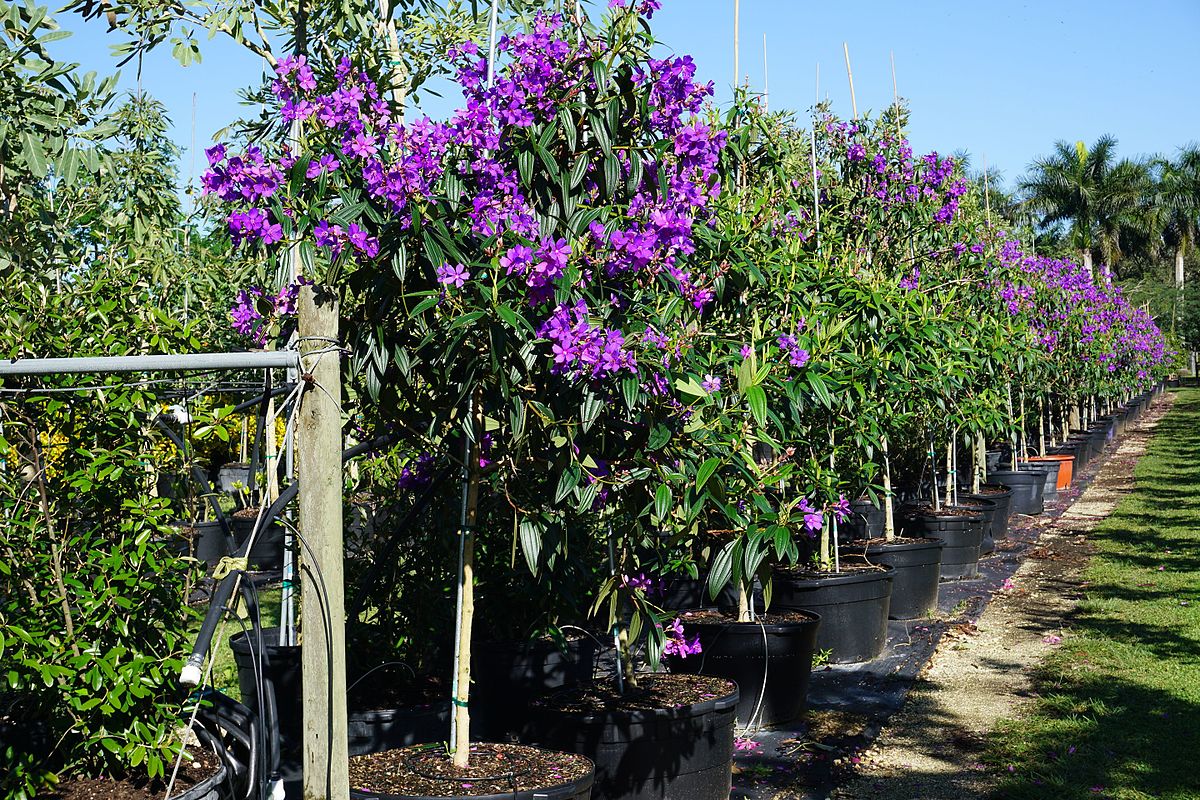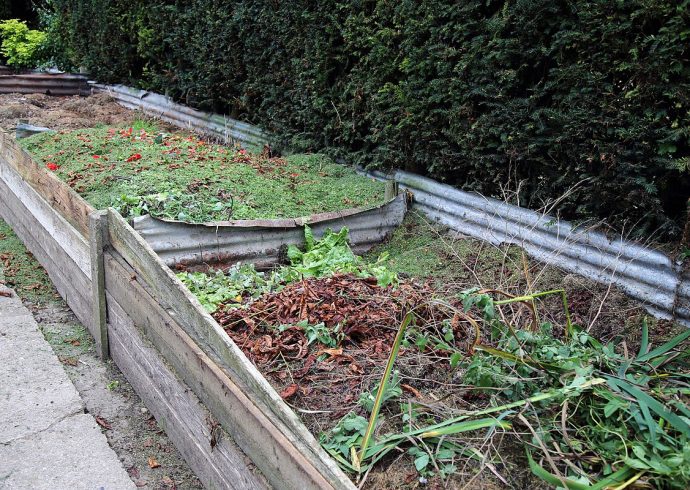
Growing a Purple Glory Tree
A native of Brazil, the Purple glory tree, also known by its Latin name of Tibouchina granulosa, is magnificent when in full bloom and very appealing with its bold purple five petal star-shaped flowers. Also known as the Princess flower, the Purple glory tree attracts pollinators during the tree’s growing season. An evergreen with blue-green velvety oval leaves which can grow from 15 to 20 feet tall and 15 feet wide, this beautiful flowering tree can be shaped during its annual pruning to keep growth healthy and under control.
Since the Purple glory tree is best suited for planting outside in zones 10 to 11, select an area of the yard or garden which receives full sunlight, although a partially shady area during the later afternoon is also desirable for the tree. For zones 4 to 9, the Purple glory tree can be planted in a large pot which can be brought in during the late fall and winter months.
After purchasing the sapling, dig a hole where it will be planted, which should be twice the size of the root ball or plastic pot the Purple glory tree was originally in. Prepare the soil by making sure it is well-drained and moist, adding some organic soil if needed. Test the pH level, as this tree likes acidic soil. Position the Purple glory tree in the newly dug hole and as you fill in the soil, water it intermittently so the soil stays moist. Once the Purple glory tree is planted, water thoroughly, then once a week water it as it continues to grow. During extremely hot months, water the tree twice a week, as the Purple glory tree tends to have a low drought tolerance. A layer of organic compost can be added to the base of the Purple glory tree once a year, along with an organic mulch that is high in nutrients to encourage growth. A slow-release liquid granular fertilizer is recommended for the Purple glory tree which will keep it fertilized throughout the growing months. The fertilizer should be lightly applied directly on the root area once during the spring, summer and fall seasons.
Prune the Purple glory tree by deadheading the bush to encourage new growth. Remove dead branches and trim back any branches which extend into a high traffic area such as a walkway or patio, The Purple glory tree can be pruned to a specific shape or espaliered if desired.
Root rot can be determined through the appearance of the leaves, which will cause them to turn yellow and wilt. If this happens to your Purple glory tree, it will need to be dug up and disposed of. For spider mites and whiteflies, an insecticide soap can be used to eliminate them. However, insects that eat spider mites and whiteflies, such as ladybugs and lacewings, can be introduced to the tree by planting the following flowers and herbs nearby, perhaps in a row by a fence or outcropping of rocks next to the Purple glory tree: marigolds, cilantro, dill, calendulas, sweet alyssum or yarrow, or a combination of these.
Provided the Purple glory tree is well cared for, it will continue to grow year after year. Small branches bursting with blossoms can also be cut for a vase to be enjoyed indoors.
Image Credit: Treeworld Wholesale, CC BY 2.0, via Wikimedia Commons.


